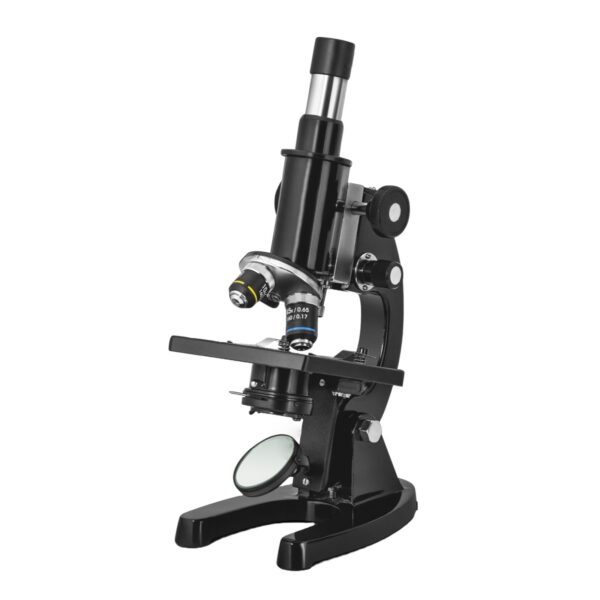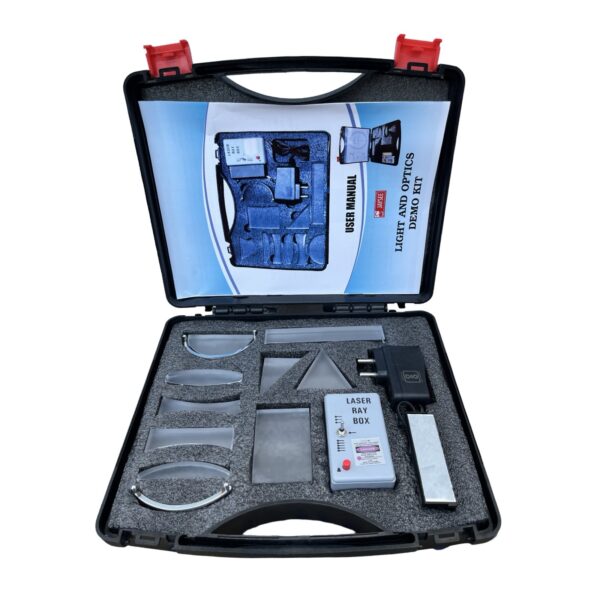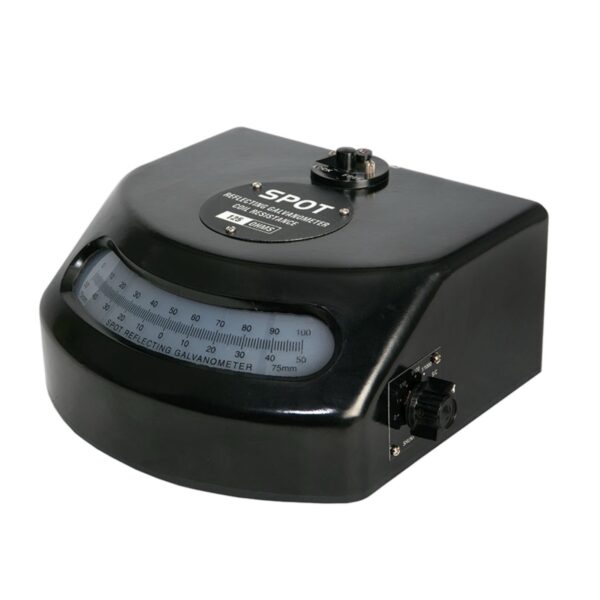- Pick up from the Samtech Store in Ambala
To pick up today
Free
- Courier delivery
Our courier will deliver to the specified address
4-5 Days
200+



₹5,000 Original price was: ₹5,000.₹3,750Current price is: ₹3,750. (Exc. GST)
To pick up today
Free
Our courier will deliver to the specified address
4-5 Days
200+
The spot reflecting galvanometer is based on the deflection of a coil suspended in a magnetic field. The coil is connected to a pointer or mirror system, and its movement corresponds to the current flowing through it. Here’s a more detailed breakdown:
Electromagnetic Interaction:
Mirror System:
Light Spot and Scale:
Zeroing Mechanism:
High Sensitivity:
Reduced Parallax Error:
Easy to Read:
Small Current Measurement:
Stable and Accurate:
Precision Electrical Measurements:
Calibration of Instruments:
Detection of Very Low Currents:
Scientific Research:
Before the development of modern digital or semiconductor-based current sensors, devices like the spot reflecting galvanometer were crucial in experimental physics. They offered a way to measure small currents with a high degree of precision, which was important for early electrical research.
As technology advanced, especially with the advent of digital voltmeters and semiconductor sensors, the use of spot reflecting galvanometers decreased. However, they remain an important part of the history of electrical measurement.
The spot reflecting galvanometer is a sophisticated and highly sensitive instrument that utilizes a mirror and light spot system to measure small electrical currents. It offers several advantages, including high sensitivity, minimal parallax error, and easy readability, making it ideal for precision measurement in research and laboratory settings. Though modern technology has replaced them in most applications, they remain an important tool in the study of electrical currents, especially in specialized scientific experiments.
In stock
In stock
In stock
In stock
In stock
No account yet?
Create an Account
SAMTECH INSTRUMENTS
Typically replies within minutes
Any questions related to Spot Reflecting Galvanometer?
🟢 Online | Privacy policy
WhatsApp us

